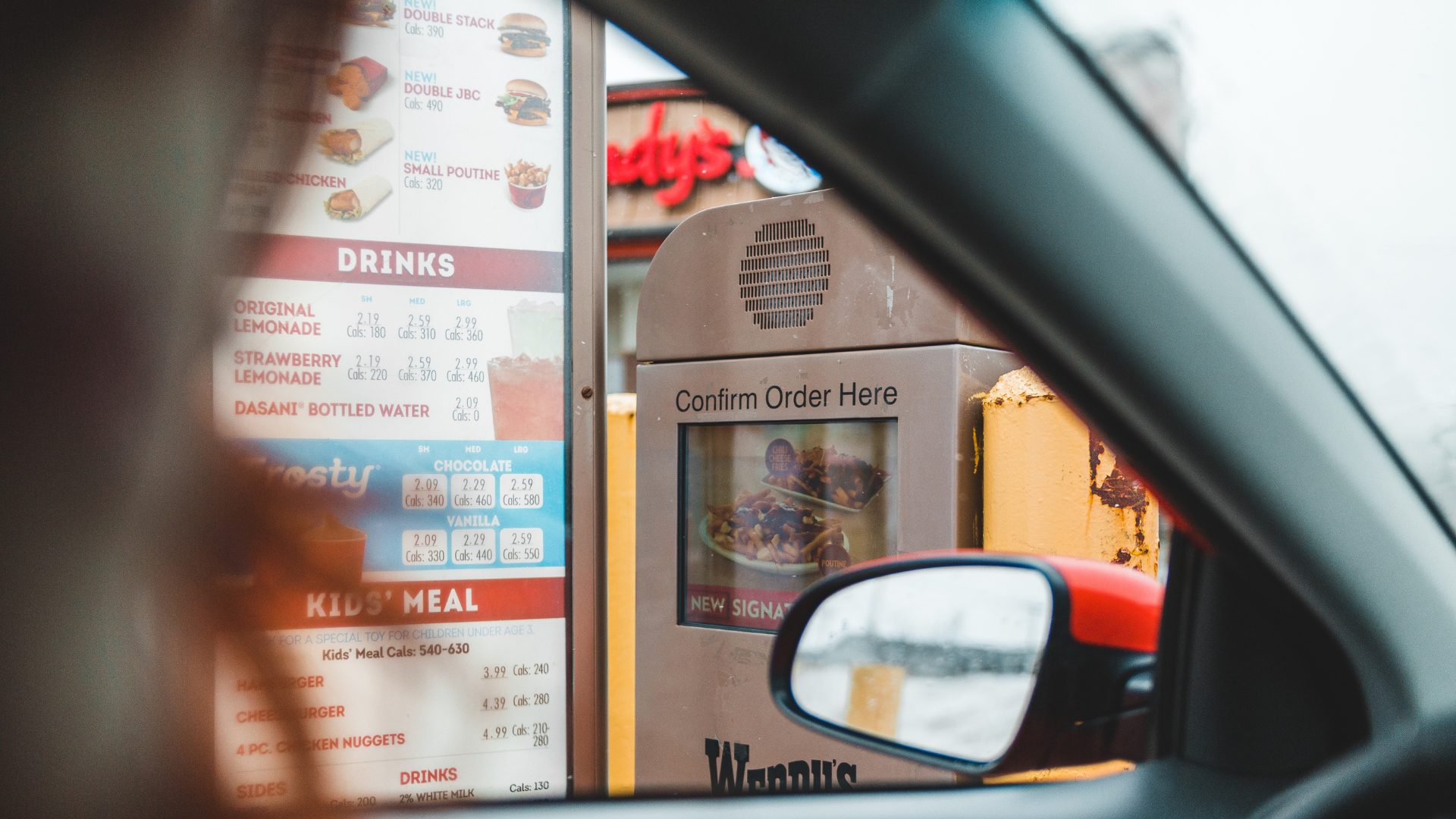Multiple Starbucks locations have examined unionizing of late, which begs the question: Is this a harbinger of things to come in the fast-food industry?
Fast-food workers have pushed for a $15 minimum wage, and the pandemic with its attendant worker shortages intensified the pressure on restaurant owners. So, with the headline-grabbing vote to unionize by Starbucks employees at a Buffalo, New York, coffeehouse, will efforts to organize workers across the sector take off?
Two other Starbucks locations also have taken a union vote. One of the locations rejected unionization; the jury is still out on the other as disputes over ballots are examined. And now an outlet in Starbucks’ hometown of Seattle, where employees once were unionized, has filed a petition to hold a union election Jan. 10, The Seattle Times reported (Dec. 21).
“We see unionizing as a fundamental and necessary way to participate in Starbucks and its future,” four workers wrote in a letter to CEO Kevin Johnson.
KEY ISSUES AT PLAY
Starbucks Executive Vice President Rossann Williams wrote in a letter to employees the company doesn’t think unionization is the proper path, indicating it would be a wedge between Starbucks and its employees. At the same time, she said the company would bargain in good faith with the Buffalo store workers.
Starbucks, which refers to its employees as “partners,” already offers more benefits and higher wages than other fast-food outlets and may be a unique case. There are more than 15,000 locations in the U.S., 8,857 of which are corporately owned. The rest are owned by franchisees. By comparison, McDonald’s corporately owns fewer than 3,000 of the nearly 38,000 U.S. restaurants, for example.
“A high percentage of fast-food chains outlets are franchisee-owned. Unionization on a larger scale will be possible only if restaurants are company-owned, and today, more than 90% of popular brands restaurants are franchises,” Johnny Hartin of EffectsBusiness.com, which evaluates franchise opportunities, told The Food Institute.
EMPLOYEES HOLD THE HAMMER
Nick Kalm, president of the public relations firm Reputation Partners, said organizations like the Service Employees International Union have been targeting the quick-serve industry, pushing for the $15 minimum wage and positioning themselves to take advantage of situations where franchise owners have had to cut back hours or close locations because of a dearth of workers.
“Until recently, employers could rely on a combination of high employee turnover, a never-ending supply of workers willing to work for minimum wage (or a bit more) and, for the well-funded company, automation to keep employee numbers down and the unions at bay,” Kalm said. “What’s different now is that employees have been seeing how much their employers need them. They are seeing employers struggling to fill roles – even with higher wages that have reached and even exceeded the $15 an hour goal.”
The number of unionized workers in the United States has been declining for decades but there was an uptick in membership last year and an increase in job actions this year.
A LONG TIME COMING
Carla Diaz, a former food-service worker who founded the internet provider evaluation firm, Broadband Search, said unionization has been a long time coming and could lead to a more stable labor supply in the sector.
“One of the main reasons many decide to leave [the food-service industry] is because they aren’t guaranteed a stable position or a stable salary. A lot of servers and others depend on tips to get by, and in many cases, restaurants often protect themselves and leave their employees with little protection.
“There are two ways this can go: with larger chain restaurants giving in as their employees unionize, or in which they will begin to set restrictions for those who hope to join a union. With smaller family owned or casual diners or restaurants, this will probably not be the case,” she said.












